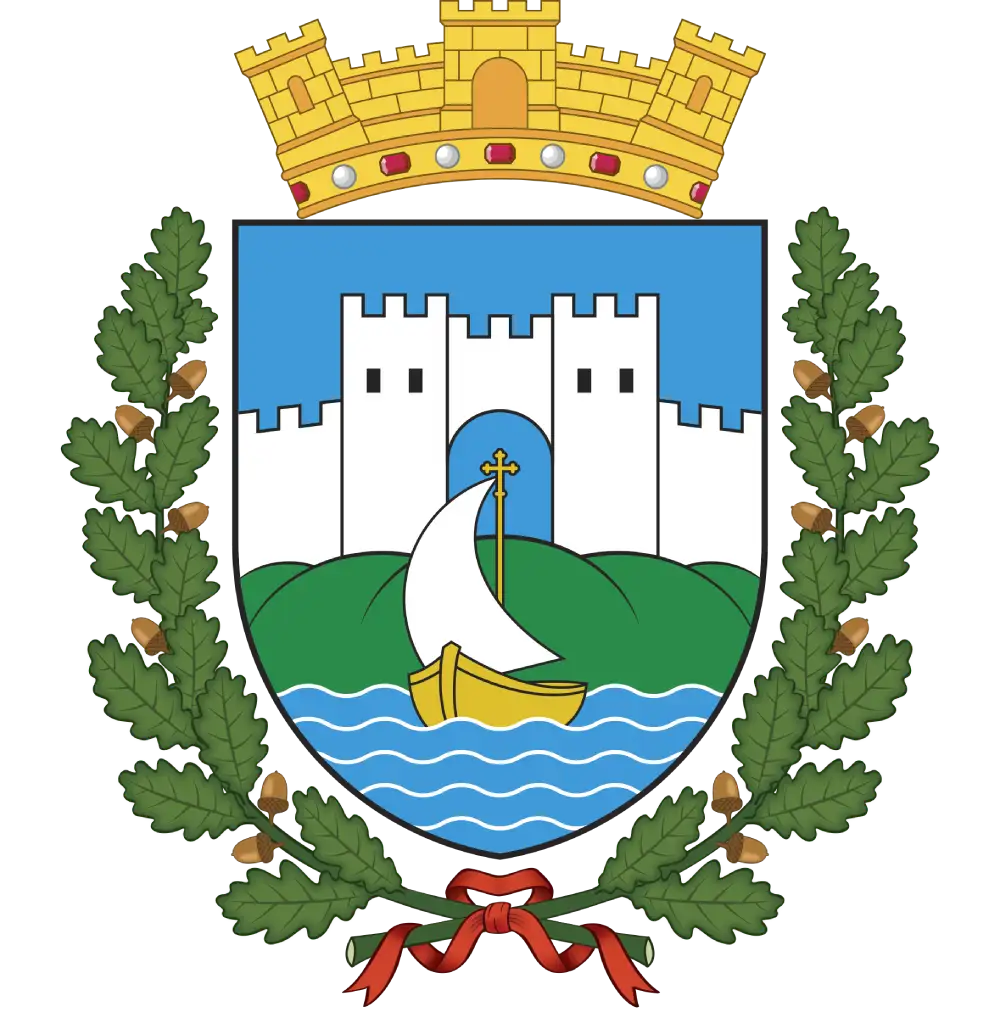
Ohrid, often called the Balkan Jerusalem, lies on the shores of one of the oldest and deepest lakes in Europe. Ohrid is not merely a city—it is a feeling and an emotion. It is a place where history does not rest, but speaks through its cobblestone streets, the scent of linden trees, the chimes of ancient church bells, and the gentle waves of the lake whispering centuries of wisdom.
Located in the southwestern part of Macedonia, Ohrid sits on the northeastern shore of Lake Ohrid, at the foot of Mount Galičica. The city lies at an elevation of 695 meters, while the old town rises to 740 meters. According to the 2021 census, Ohrid has a population of 38,818. Both the city and the lake are among the most significant tourist destinations in Macedonia.
Due to the large number of churches and monasteries—traditionally said to be 365, one for each day of the year—Ohrid is known as the Balkan and European Jerusalem. The city is also called “The City of Light,” a literal translation of its ancient name Lychnidos. The Ohrid region is on the UNESCO World Heritage list.
Ohrid is one of the oldest continuously inhabited cities in Europe, with a history spanning more than 2,400 years. Known in antiquity as Lychnidos, it became a spiritual and educational hub for the Slavs. Saints Clement and Naum established the Ohrid Literary School here, the first Slavic university-level institution. Ohrid was also the capital of Tsar Samuel’s empire and one of the most important centers of Eastern Orthodoxy.
Lychnidos lay along the Via Egnatia, the key Roman road through the Balkans. Early populations included the Brigians and Enchelei. By the late 6th century, Slavs—especially the Berziti tribe—settled in the region.
Saints Clement and Naum founded the Ohrid Glagolitic Literary School, turning Ohrid into a medieval Slavic cultural and educational center. During Tsar Samuel’s reign, Ohrid became both the capital and a major religious center. Samuel’s Fortress still towers above the city as a reminder of this era.
In 1204, the city fell under the Latin Kingdom of Thessalonica. In 1334, Serbian King Dušan seized Ohrid, Prilep, and Strumica. The Church of the Holy Mother of God Peribleptos was expanded in 1378. Ohrid remained a vital cultural hub, home to one of Europe’s oldest universities (9th century), with Plaošnik hosting another in the 13th century.
By the late 14th century, Ohrid fell under Ottoman rule, remaining in the empire for five centuries. Turks settled around the city, building lakeshore residences. The first IMRO committee in Ohrid formed in 1894, and in 1903 during the Ilinden Uprising, 31 battles were fought in the region. Activity continued during the Young Turk Revolution of 1908.
In the First Balkan War (1912), Ohrid was occupied by Serbia. Dissatisfied with Macedonia’s partition, locals joined the Ohrid Uprising of 1913. In WWI, Ohrid came under Bulgarian occupation, during which many cultural treasures were looted. After the Allied breakthrough in 1918, Bulgarian and German forces withdrew.
In WWII, Ohrid again fell under Bulgarian occupation until partisan units liberated the city on 15 October 1944, though it was retaken by German forces shortly after. On the night of 7–8 November, the city was permanently liberated. In 1958 and 1967, the Ohrid Archbishopric was restored as the Macedonian Orthodox Church, declared autocephalous in the Church of Saint Sophia.
Every step in Ohrid is a lesson in history and culture. Today, the city thrives as a stage for art, literature, and music. Its old town, cobblestone streets, and Lake Ohrid itself are living museums. The lake—protected by UNESCO—is home to unique flora and fauna, with its beaches and crystal waters attracting visitors worldwide.
Ohrid’s cuisine blends lake and mountain flavors. Famous dishes include:
Ohrid has a long sporting tradition:
Lake Ohrid also offers kayaking, rowing, and recreational diving with underwater archaeological tours. Mount Galičica is a paradise for hiking, biking, trail running, and paragliding—one of the Balkans’ most breathtaking adventure sports experiences.
If you are far from home, somewhere in the diaspora, but carry within you the scent of the lake, the sound of church bells, and childhood memories of cobblestone streets—Ohrid awaits you. To stroll along the promenade, to touch the stones of the fortress, to feel that you are home. For there is only one home—and that is Macedonia.